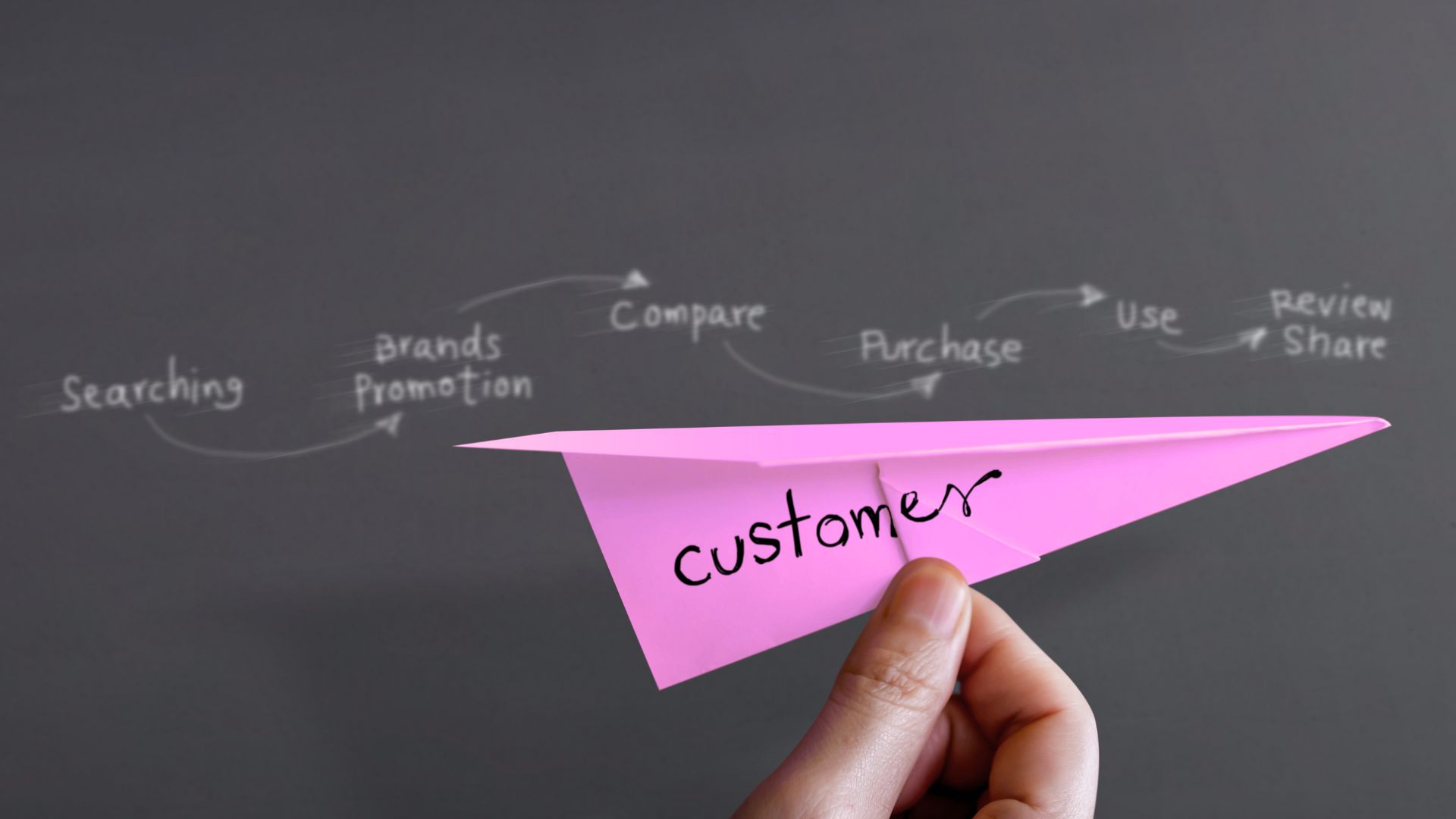Brand Consistency: Why It Matters and How to Maintain It
In the ever-evolving landscape of business, one element remains a cornerstone of successful branding: consistency. Brand consistency isn’t just about using the same logo or colour palette; it’s about delivering a cohesive and unified message across all touchpoints. At Cocktail Creative, we understand that maintaining brand consistency is vital for building trust, recognition, and loyalty among your audience. In this blog, we’ll delve into why brand consistency matters and share practical strategies to maintain it.
Why Brand Consistency Matters
1. Builds Trust and Credibility
Consistency in branding helps build trust with your audience. When customers see a unified brand message across different platforms, it reinforces their perception of your brand as reliable and professional. Trust is a key factor in customer loyalty and repeat business.
2. Enhances Brand Recognition
A consistent brand is easily recognizable. By using the same visual elements, tone of voice, and messaging, you make it easier for your audience to remember and identify your brand. This recognition can set you apart from competitors and make your brand more memorable.
3. Supports Marketing Efforts
Consistency ensures that all marketing efforts are aligned, making your campaigns more effective. When your brand message is clear and cohesive, it resonates better with your target audience, leading to higher engagement and conversion rates.
4. Reinforces Brand Identity
Maintaining consistency reinforces your brand identity. It ensures that every interaction a customer has with your brand, whether online or offline, reflects your brand values and personality. This reinforcement helps solidify your brand’s position in the market.
How to Maintain Brand Consistency
1. Develop Clear Brand Guidelines
Creating a comprehensive brand style guide is the first step towards consistency. This guide should include your brand’s mission, vision, values, and guidelines for visual and verbal elements such as logos, colours, typography, tone of voice, and imagery.
2. Centralize Your Brand Assets
Having a centralized repository for all your brand assets ensures that everyone in your organization uses the same materials. This repository should include logos, templates, fonts, and any other brand-related materials.
3. Train Your Team
Ensure that everyone in your organization understands the importance of brand consistency and knows how to apply the brand guidelines. Regular training and workshops can help keep everyone aligned and up to date with any changes.
4. Use Consistent Messaging
Your brand’s messaging should be consistent across all channels. Whether it’s your website, social media, email marketing, or advertising, the tone of voice and key messages should remain the same. This consistency helps reinforce your brand’s identity and values.
5. Monitor and Review Regularly
Regularly monitor your brand’s presence across different platforms to ensure consistency. Periodic reviews can help identify any deviations from the brand guidelines and provide an opportunity to make necessary adjustments.
6. Leverage Technology
Utilize technology to maintain consistency. Tools like brand asset management systems, social media scheduling platforms, and automated marketing software can help ensure that your brand elements and messages are consistent across all channels.
Case Study: Starbucks
Starbucks is a prime example of brand consistency. From their in-store experience to their social media presence, Starbucks maintains a cohesive brand identity. Their use of the green mermaid logo, consistent colour schemes, and a unified tone of voice across all platforms ensures that customers instantly recognize and trust their brand.
Brand consistency is a powerful tool for building trust, recognition, and loyalty. By developing clear guidelines, centralizing assets, training your team, and leveraging technology, you can ensure that your brand remains consistent across all touchpoints. At Cocktail Creative, we’re here to help you achieve brand consistency and boost your brand. Contact us today to learn more about our branding services.





